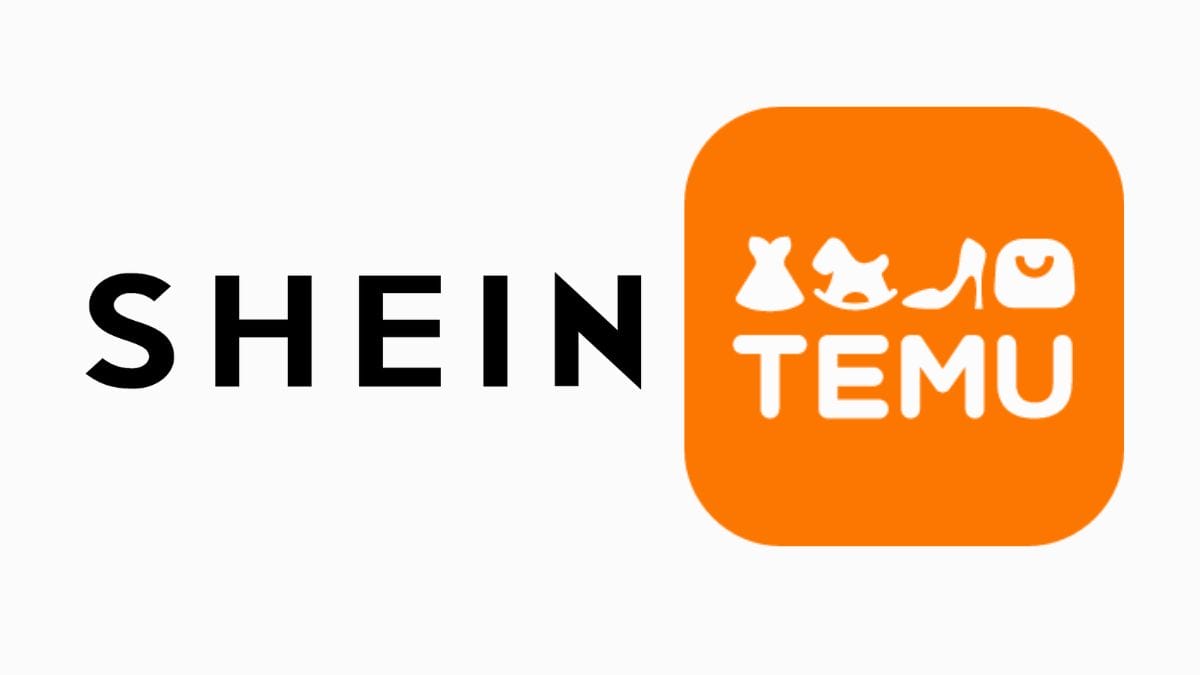Temu and Shein have emerged in the constantly changing landscape of ecommerce giants as two potential contenders to the throne in terms of price and popularity. Both companies are well-known for their rapid growth and reputation for being affordable goods. Similar to any other comparison, it is crucial to look deeper into their business models in order to establish if Temu and Shein are alike or different suppliers in the online retail marketplace.
The rise of temu and shein
Temu’s rise to prominence certainly has drawn parallels to Shein’s success story. Both have seen exponential increase in sales and attracted the attention of budget-conscious shoppers. The attraction of these items is their price, which allows consumers to keep their style without becoming broke. Many have asked whether Shein’s and Temu’s products made of the same fabric?
Differences and similarities
Temu shares the same trait like Shein in offering products that are cost-effective however, they’re not mirror images. Temu stands out with its innovative Next Gen Manufacturing model that can provide significant cost savings across diverse product categories. This model utilizes cutting-edge manufacturing techniques that streamline manufacturing processes. It cuts the cost of overhead, and then passes the savings on to customers.
On the other hand, Shein has gained a reputation for its fashion-forward approach, primarily focusing on clothing and related accessories. Shein’s appeal is that it stays to date with the latest trends and provides a variety of options that can be adapted to diverse preferences. This focus on fashion and adjacent verticals like accessories and beauty has enabled Shein to carve out a niche for its own. For more information, click Temu vs Shein
Business models are in the spotlight
Temu’s Next-Gen Manufacturing model deserves a closer look. Temu improves supply chain efficiency and manufacturing by using cutting-edge technologies like data analytics and AI-driven information. It helps them reduce production costs while maintaining quality. In the end, Temu offers a range of goods at a reasonable price across various categories, ranging from electronic products to household items. Temu is therefore distinct from Shein which focuses on fashion and its cousins.
While Shein does indeed cover a broad range of fashion trends, its business model relies on the continuous updating of its inventory to align with constantly changing fashion preferences. It requires quick production, design and distribution cycles. This has led to its success, particularly in younger consumers looking for inexpensive pieces that are trendy.
Questions of ownership
The issue of whether Shein owns Temu has generated a lot of curiosity. However, this notion is not the truth. Temu is a distinct entity with its own ownership structure. Temu has its own e-commerce platform, and is focused on its manufacturing methods. Shein is a separate brand with an innovative and fashionable offering.
The takeaway
It’s not difficult to draw comparisons between businesses with a similar development plans in the turbulent ocean of e-commerce. The story of Temu and Shein shows that, despite their similarities they have significant differences. The different ways they approach manufacturing and business as well as marketing highlight their distinctness.
Temu’s Next-Gen Manufacturing is a prime example of ingenuity for the e-commerce sector. By harnessing technology to optimize processes, Temu not only reduces costs, but also raises the bar for affordability across a wide range of product categories. Shein’s passion for fashion and its rapid turnover of products, on the contrary, solidifies Shein as a pioneer within the online retail fashion sector.
Temu’s comparison with Shein illustrates the differentiating factors in the world of online shopping. Both companies cater to shoppers who are budget conscious however their business models, strategies and areas of expertise vary substantially. Temu’s manufacturing skills, and Shein’s flair for fashion illustrate the diversity of the ecommerce eco-system. We, as shoppers and online users, appreciate the uniqueness of each of these platforms brings to the table, and then continue exploring the ever-expanding universe of online shopping.
